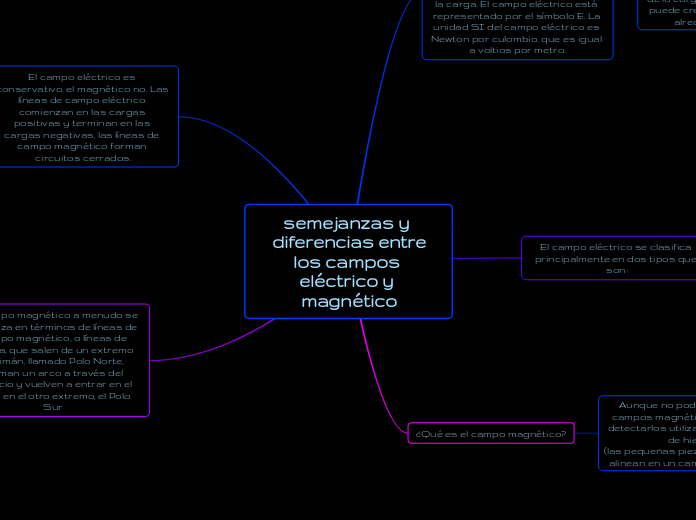diseño de vetebras
altura de la espina neural
es claramente proporcional a la accion de palanca mecanica
los musculos ejercen esta fuerza para estabilizar la columna
transmiten fuerza
aumenta la eficacia mecanica del musulo
proporciona aumento en la longitud de la espina
fuerza proporcional a la seccion transversal
direccion de la espina neural
el arco que forma la espina neural tiende a variar
la espina neural esta orientada de tal manera que
su eje esta en pararalelo con su fuerza resultante
la impone los musculos axiales
la expina experimenta fuerza de compresion
el complejo muscular se origina a los lados y largo de la vertebra
llegan hasta los estremos de las espinas neurales
presenta una forma estructural orientada a la espiina
forma
medio acuatico
la forma aerodinamica de los peses mejora la caracteristicas fisicas de desplazamiento
desventajas
orientacion e en el espacio tridimensional
este problema lo contrarresta las aletas estabilizadoras
la respuesta del diseño aero dinamico
la resistencia del cuerpo cuando se desplaza en medios mas densos
el cuerpo presenta ligeresa en el agua
en medio acuoso el soporte de un organismo no epende del ntramao endoesqueletico
funcion
medio terrestre
espinas y los centros representan los miembros de comprension
lligamentos y musculos
las patas funcionan como pilares que soportan el cuerpo
la gravedad siempre presenta un problema
los tetrapodos descansan cuando su cuerpo esta quito
desarrollo embrionario
peses
filogenia
gnatostomados
tiburon moderno
da ssporte al cuerpo
sisituyen a la notocordea en las formas moernas
los elementos vertebrales tienden a alargarse
tiburones primitivos con
arcos hemales y neurales estan en la notocorde
prominente notocornea con buen soporte
cadenas de arcos neurales sobre la notocordea
agnatos
en los mixines y las lampreas
son piesas cartilaginosas
carecen de indicios vertebrales
notocordea patente
se encuentra una notocordea grande
proorciona el eje mecanico central del cuerpo
en peses primitivos se presentan pares de cartilagos en vez de vertebras
la formacion embrionaria sigue pasos
la celula da origen a esclerotomal
la mesenquima se condensa a nivel miosepto
la vaina se notocordea es cartilaginosa
se origina a partir de un tubo pricordal
forman 4 pares de cartilagos
se denominan arcualias
tetrapodos
tetrapodos primitivos
provocaron importantes cambios en las presiones selectivas y su diseño
en la linea antracosauria
el pleurocentro tiene mas o menos el mismo tamaño que el intercentro
el pleurocentro se agranda
temnospondilos
tienen un predecesor con caracteristicas similares
pleurocentro desaparece
adquieren forma cilindrica
los intercentros aumentan de tamaño
vertebras raquitomas
formado por un arco neural y pleurocentro oseo
labrintodontos
las salamandras presentan oxilacion en su columna
presenta vertebras aspidospodila
evolucionaron de los ripidistos
lepospondilos
los anfibios presentan similitud n las vrtebras
presentan cola larga y pesada
debe su nombre a sus vertebras holospondila
presentan coola larga
amniotas
atlas es la primera vertebra cervical
la segunda es el axis
aparecen dos vertebras cervicales
problema en el mantenimiento de la dureza
intercentro aporta cartilagos intervrtebrales
centro principal un pleuro centro
fusion de algunas de las primeras vertebras
se forman vertebras cervicales
en la cadena sementaria de somitos del tronco y cola
la condrificacion da lugar en la vertebra osa adulta
celulas agrupadas crecen hacia arriba
vertebras surgen decorrientes de celulas
surgen los discos intervertebrales
forman racimos alargados
el sistema esquelético
In physics, energy is the quantitative property that must be transferred to an object in order to perform work on, or to heat, the object. Energy is a conserved quantity; the law of conservation of energy states that energy can be converted in form, but not created or destroyed
esternon
estructura esqueletica medioventral
los peses carecen de esternon
asegura puntas ventrales de las costillas
ofrece lugar de origen para musculos toracicos
surge dentro del tjido conductivo
gastralia
presenta costillas badominales en vertebrados
no se articula con las vertebras
se estringe en la pared del cuerpoventral
origen dermico
regiones de la columna vertebral:
esta formada por arcos y centros
Nuclear energy originates from the splitting of uranium atoms – a process called fission.
This generates heat to produce steam, which is used by a turbine generator to generate electricity. Because nuclear power plants do not burn fuel, they do not produce greenhouse gas emissions.
Write down the advantages and disadvantages of Nuclear Energy.
dorsales
ventrales
componentes: costillas
prporciona
se forma apartir de cartilago
actua como caja protectora
fijacion muscular
componentes: vertebras
There are many different types of energy, which all fall into two primary forms – kinetic and potential.
Energy can transform from one type to another, but it can never be destroyed or created.
evolucionaron y dieron paso a
Gravitational energy is a form of potential energy.
It is energy associated with gravity or gravitational force, in other words, the energy held by an object when it is in a high position compared to a lower position.
Give examples.
pleurocentro
intercentro
primeros componentes
Electrical energy is the movement of electrons, the tiny particles that make up atoms, along with protons and neutrons.
Electrons that move through a wire are called electricity.
Give another example of electrical energy.
protegen al tubio neural
arco dorsal y ventral
componentes: centros
Energy storage is the capture of energy produced at one time for use at a later time. A device that stores energy is generally called an accumulator or battery.
se derivan de
Flywheel energy storage (FES) works by accelerating a rotor to a very high speed and maintaining the energy in the system as rotational energy.
Write down the main components of a typical flywheel.
dipnos
olocefalos
constituye
Thermal energy storage is achieved with widely differing technologies.
Depending on the specific technology, it allows excess thermal energy to be stored and used hours, days, months later, at scales ranging from the individual process, to building or town.
What are 3 types of thermal energy?
vertebras dispospondilas
cuerpo de la vertebra









